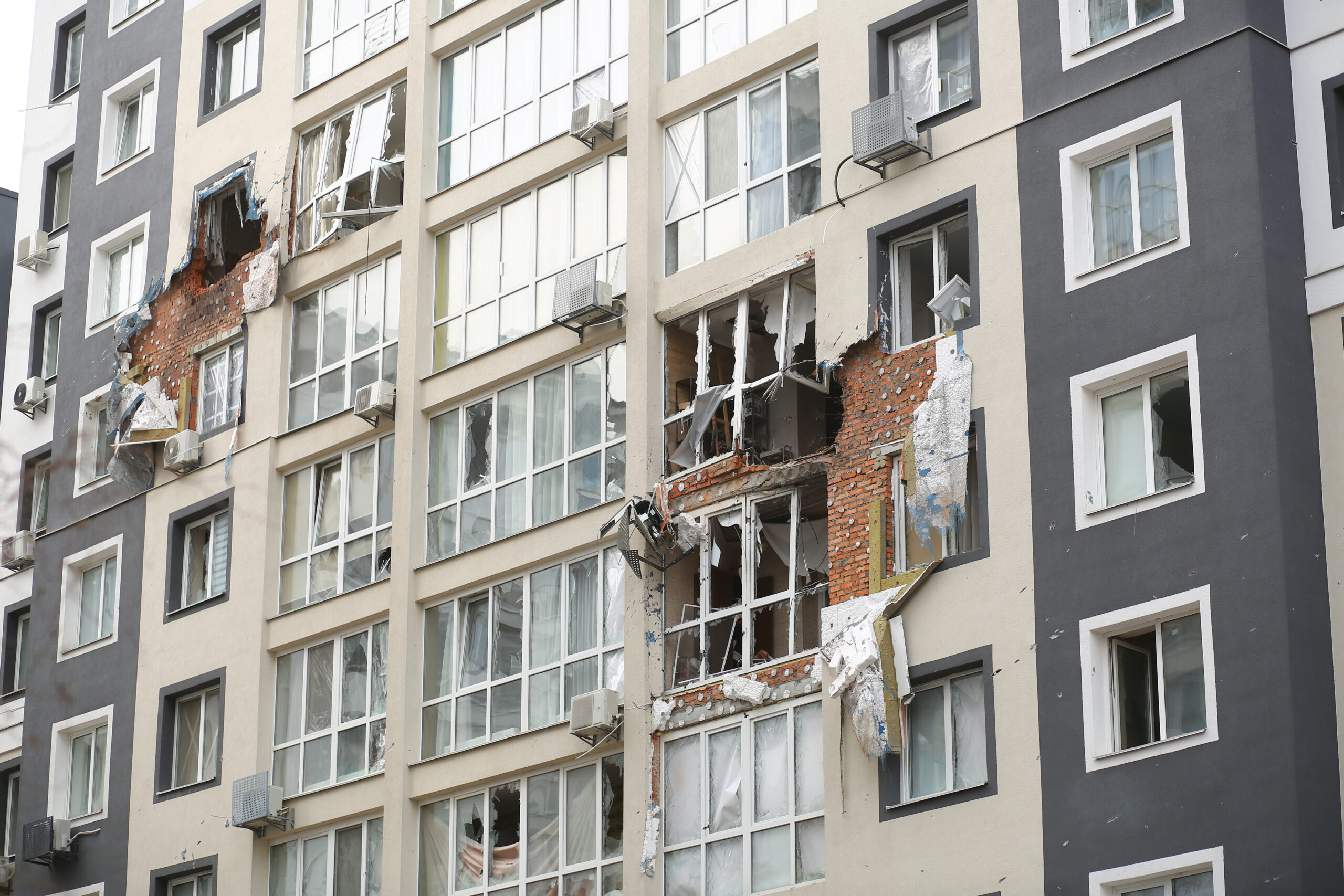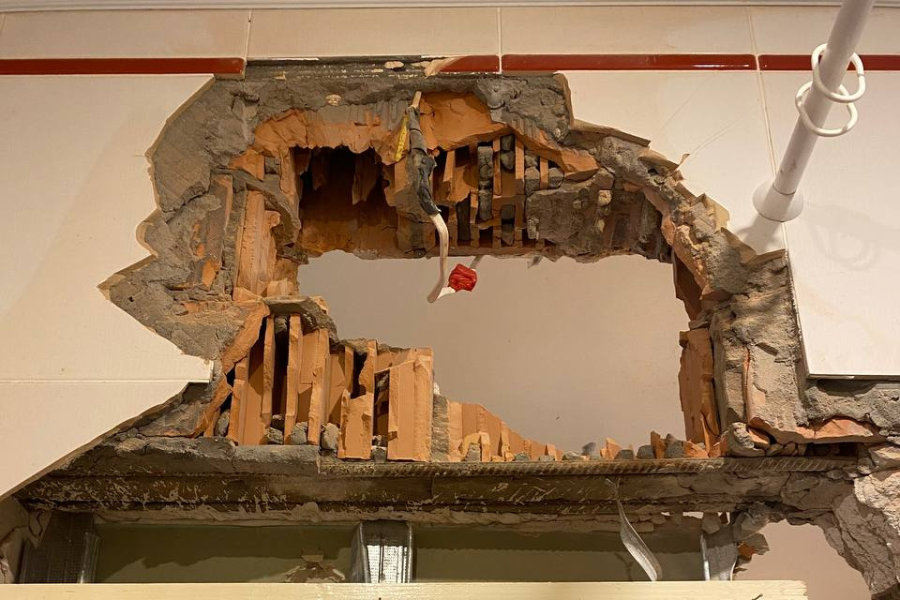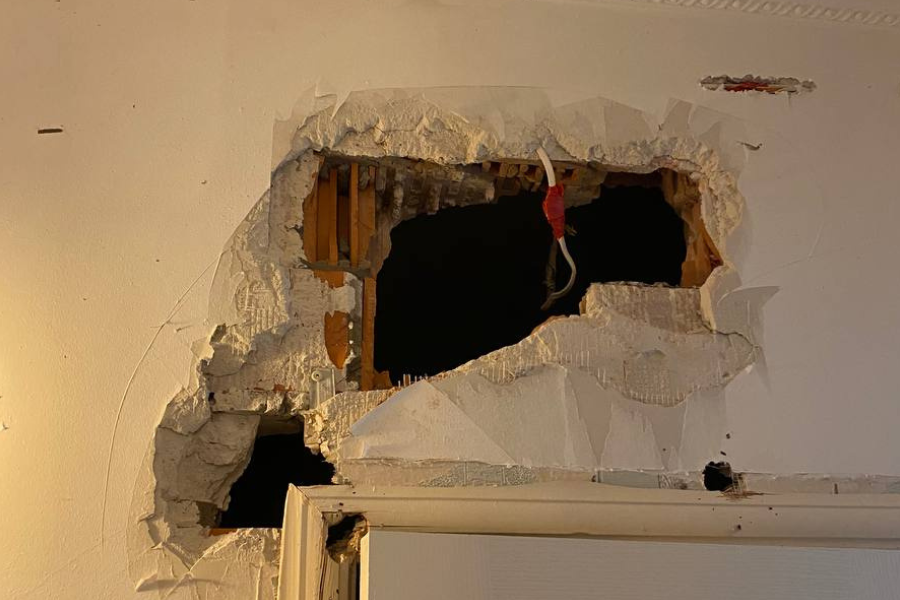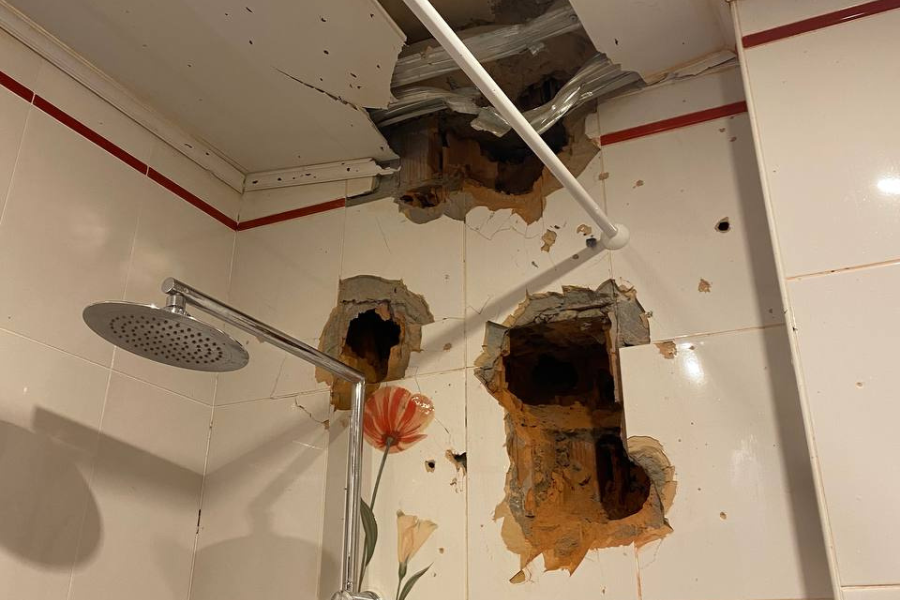eRecovery: How a Revolutionary Digital Service is Helping Ukrainian Families Rebuild

More than 516,000 buildings and apartments have been damaged and over 96,000 destroyed since Russia’s full-scale invasion of Ukraine, leaving thousands of Ukrainians displaced or living in damaged housing. Fortunately, a new digital service, eRecovery, has helped more than 55,000 Ukrainian families receive government assistance to repair their homes or to buy new ones.
To help Ukrainians rebuild their homes during war, the Government of Ukraine is compensating homeowners directly impacted by hostilities through the eRecovery program. This e-service was developed in partnership with the Ministry for Communities, Territories, and Infrastructure Development, the Ministry of Digital Transformation, and the USAID / UK Dev-funded Transparency and Accountability in Public Administration and Services (TAPAS) Activity.
Upon the launch of eRecovery in May 2023, only residents of damaged properties were eligible for government assistance to repair their homes. In August 2023, eRecovery expanded to include owners of destroyed homes, enabling participants to receive a housing voucher to purchase a new property. Additionally, starting January 2024, people can apply for financial assistance to construct a new house on their existing plot of land.
The digitization of reconstruction began just one month after Russia’s full-scale invasion of Ukraine. On March 30, 2022, Diia—an e-government app used by millions of Ukrainians to access public services—introduced a function to report damaged property. This feature enabled the Government of Ukraine to collect essential data and conduct a preliminary estimation of damage and anticipated needs.
The collected data would later populate the Register of Damaged and Destroyed Property, which continues to play a pivotal role in ensuring the transparent and efficient delivery of the eRecovery service.

A Matter of Minutes to Request State Aid
Andrii is one of the nearly 86,000 Ukrainians who has applied for help in repairing his home through eRecovery. Andrii and his wife live in Bucha, a city on the outskirts of Kyiv. Bucha became a global symbol of the brutality of the Russian occupation when, in spring 2022, Russian forces committed a litany of apparent war crimes, including the torture and massacre of civilians.
Andrii and his wife managed to flee their home before Russian forces entered the city. They returned to a liberated Bucha two months later, where they found their apartment heavily damaged by shelling. Unable to cover the cost of repairs, Andrii reported the damage through Diia.
The launch of the eRecovery service one year later yielded a new opportunity. Since Andrii had previously submitted a detailed report on his damaged property, a simple application for compensation through Diia was in order.
Ukraine’s adoption of e-governance solutions allows access to public services anytime and anywhere. With eRecovery, in just 10 minutes, Andrii was able to apply for funds and open a dedicated account to receive them at one of the program’s partner banks.
Within two weeks of submitting his application, the Bucha City Council scheduled a property inspection with Andrii. Inspectors assess damages and determine the final compensation amount via a predetermined digital checklist. The discretion of inspectors is tightly circumscribed to reduce opportunities for petty corruption. For example, the order of claim reviews cannot be altered, inspection commissions include representatives from public organizations, and final evaluators are anonymized.
After the inspection was complete, Andrii received a sum of UAH 78,000 (over $2,000) to assist with the repair of his apartment.

How eRecovery works
To prevent corruption and misuse, citizen applications, inspection reports, related photographs, assessment checklists, and decisions regarding the provision of assistance are all stored in the Register of Damaged and Destroyed Property. This public register makes the recovery and compensation process transparent and efficient for all parties involved.
In the year since the service’s launch, the government has distributed more than UAH 10.7 billion ($280 million) in financial assistance to more than 55,000 families for housing repairs or vouchers to purchase new homes.
eRecovery funds are disbursed to a dedicated eRecovery bank account. These funds then can be used exclusively for the purchase of materials and construction services from vetted contractors, also within the eRecovery ecosystem. The list of contractors is available online. Currently, it includes more than 4,300 service providers.

Homeowners who have received support toward repairs through eRecovery are eligible for up to UAH 500,000 ($13,000). Another 13,000 individuals have submitted applications related to destroyed housing. More than 6,000 applicants have received housing purchase certificates, which are valued at UAH 1.7 million ($43,000) on average. More than 2,500 Ukrainians have used the certificates to buy new housing through the eRecovery program. “This program provides substantial support, not only for our family but also for all Ukrainians whose homes suffered damage during the full-scale invasion by Russia into our country,” says Andrii.
In addition to providing a financial buoy for thousands of Ukrainians, eRecovery serves a critical, symbolic role in boosting morale. Despite the harsh realities imposed by war, the continued success of the program heralds revival: not only of infrastructure but also of community resilience. As Ukrainians continue to invest in their community, restore lost connections, deepen new ones, and rebuild their hearths one brick at a time, the Government of Ukraine will, likewise, continue to support its citizens through eRecovery and other programs.


